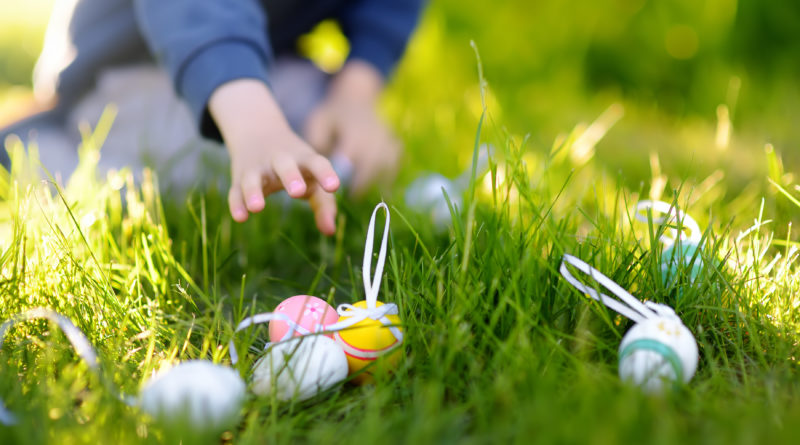Where Do Easter Traditions Come From?
1,637 total views, 2 views today
Even though the COVID-19 pandemic has families sheltering in place for the time being, many Christians will likely figure out ways to celebrate Easter (just as Jewish people are celebrating Passover despite social distancing requirements). Since the holiday is among the most important in the Christian religion, many people will likely try to use video chat services to simulate a typical in-person celebration. Many of this celebration’s traditions can still be observed during socially distant gatherings – here are some of these traditions and where they come from.
Where do Easter egg traditions come from?
In the early days of Christianity, church leaders forbade celebrators from eating eggs during the seven-day period preceding Easter (a period sometimes known as Holy Week). Any eggs laid during Holy Week were relegated for non-culinary use and were instead decorated and gifted to children. Later (perhaps due to how fragile eggs can be), Victorians who celebrated Easter replaced actual eggs with satin-covered cardboard eggs stuffed with gifts. Over time, this tradition morphed into the Easter egg traditions of the modern era.
Where do chocolate Easter egg traditions come from?
If you think about it, the notion of chocolate and eggs together doesn’t make a ton of sense. Rarely are these two foods seen on the same plate, but in the modern era, Easter eggs are made from chocolate, not cardboard or actual eggs. This tradition dates back to two centuries ago when France and Germany first began manufacturing bitter, rigid chocolate eggs. As the Industrial Revolution accelerated and chocolate production became automated, the hollow, softer, sweet chocolate eggs common at Easter today became a holiday staple.
Where do Easter bunny traditions come from?
Easter bunny traditions may have originated concurrently with the first chocolate Easter eggs. Around this time, Christians began associating rabbits with the promise of new life since rabbits give birth to large litters of newborns. The Easter bunny thus became the animal that lays Easter eggs, decorates them, and hides them for children observing the holiday to find.
Where do Easter basket traditions come from?
Easter basket traditions followed the first instances of the Easter bunny myth. An Easter basket filled with fake grass may resemble a rabbit’s nest, and that’s because early Easter baskets were deliberately designed to look like nests. Children would build and decorate nests and leave them outside their homes so the Easter bunny would leave them Easter eggs. Over time, these nests became baskets instead.
Where do Easter food traditions come from?
Hot cross buns and Easter ham are arguably the holiday’s two most prominent foods. Hot cross buns may have originated in the 12th century when one celebrator decorated his sweet roll with a cross, though the first written record of them is from the 18th century. Easter ham can be traced much farther back in time to 6th-century Germany, where butchers slaughtered pigs in the fall, cured them through all of winter, and had them immediately ready to eat come spring – exactly when Easter begins.
What are your favorite Easter traditions? Share them in the comments!

